There’s nothing quite like hitting the open road—windows down, music up, and endless possibilities ahead. Road trips offer the ultimate freedom to explore at your own pace, discover hidden gems, and embrace the unexpected. But a successful road trip requires more than just hopping in the car and driving off into the sunset. This guide will walk you through everything you need to know to plan a road trip, from budgeting and route planning to packing essentials and staying safe on the road.
Define Your Road Trip Goals
Before you start your trip, it’s important to define your goals. Are you looking to enjoy scenic views, visit national parks, or explore off the beaten path? Setting clear objectives will help shape your itinerary and make the most of your time on the road.
What Kind of Road Trip Do You Want?
- Scenic Drives: Want to see jaw-dropping views? Consider iconic routes like the Beartooth Highway or Pacific Coast Highway.
- National Parks & Public Lands: If you’re passionate about outdoor adventures, national parks like Yellowstone or Yosemite should be on your list.
- City-Hopping or Cultural Stops: Explore urban destinations, historical landmarks, and quirky small towns. Great for exploring local music and festivals.
- Adventure and Outdoor Activities: Are you road tripping as part of a larger camping or backpacking expedition?
- Just Taking the Scenic Route: If you’re just traveling from point A to point B, there’s always a way to turn it into a scenic road trip filled with adventures along the way.
How Long Do You Have?
Consider how much time you have for your trip. Are you planning a quick weekend getaway or an epic month-long adventure? Maybe you don’t have much time at all but still want to plan a scenic route to your destination. The amount of time that you have to spend road tripping will determine the distances you can cover and the number of stops you have time to make along the way.
Who Are You Traveling With?
Solo travelers, couples, families, and friends all have different needs. Make sure your plans fit the group you’re traveling with.
Choosing the Best Route
One of the most exciting parts of planning a road trip is selecting your route. Whether you’re following a pre-planned journey or deciding as you go, there are a few important factors to consider.
Pre-Planned Routes vs. Flexible Routes
Some travelers prefer to stick to well-known routes with clear directions, while others love the freedom of exploring off the beaten path without a rigid plan. Whatever your preference, leave room for detours and unplanned stops.
Planning Your Stops
Think about how many hours – or how many miles – you want to spend driving each day. Keep in mind that some days will inevitably have more driving than others depending on your location that day and how many things you’d like to take time to see.
Detours & Hidden Gems
Road trips are about discovering unexpected treasures. Plan for a few detours to check out local attractions, quirky diners, or scenic overlooks you might otherwise miss. Make sure to allow time for the stops that you didn’t plan to make. You’d be surprised how many cool things there are to stop and see that you only discover once you’re on the road.
Budgeting for a Road Trip
It’s essential to have a budget to ensure your road trip doesn’t turn into a financial headache. Here are the main expenses to consider:
Gas Costs
Gas can quickly become one of the biggest expenses on your road trip. Costs will vary depending on the vehicle you’re driving and the terrain that you’re driving through, as well as how remote the location is when you need to fill up. Use apps like GasBuddy to find the best prices along your route, and the Upside app to earn cash back on the gas you’re already purchasing. If you’re entering a National Park, be sure to fill up your gas tank before entering the park as gas pumps within the parks are often expensive, slow and can have long wait times.
Lodging vs. Camping
Depending on your budget, you can either book hotels or camp along the way. Hotels offer comfort and hot showers but can also add up quickly. Camping has less amenities but is more affordable (or free) and allows you to connect with nature. On a road trip to Yellowstone, for example, you may consider camping in Bridger-Teton National Forest as opposed to staying in a hotel in Jackson.

Food & Snacks
Eating on the road can be expensive, but there are ways to save with a little planning ahead. Plan ahead by packing road trip snacks that travel well and can withstand temperature fluctuations.
Entrance Fees & Activities
National parks, monuments, and museums often have entrance fees, so be sure to factor these costs into your budget with cash on hand. A National Park pass can save you money if you plan to visit several parks. In most cases, it will have paid for itself by the time you’re entering your third National Park.
Unexpected Costs
Always set aside extra funds and cash for unforeseen expenses, such as car repairs, tolls, or last-minute accommodations. In general, I recommend having at least $1,000 set aside for an emergency – particularly if you’re road tripping alone. It’s unlikely that you’ll need it, but you’ll want to have it in case you do.
Packing Essentials for a Road Trip
The right gear can make your road trip much more enjoyable. Here’s a checklist of things you’ll need:
Navigation & Tech
Ensure you have a reliable GPS or offline map, and make sure to have a physical road atlas. You can also find maps and local information at welcome / visitor centers. Keep chargers, power banks, and adapters on hand to keep your devices charged.
Car Essentials
Pack a spare tire, jumper cables, and a roadside emergency kit. Make sure that you or someone who is traveling with you knows how to use them. You never know when you might need them.
Camping Gear (If Applicable)
If you’re camping, bring a tent, sleeping bags, bear spray and a bear canister. Don’t forget a first aid kit and headlamps.
Clothing & Weather Prep
Pack clothing suited for the weather. Layers are key, as temperatures can fluctuate drastically. Don’t forget comfortable shoes for hiking or long drives.
Food & Snacks
Stock up on snacks like trail mix, protein bars, and fruits. For longer trips, consider easy-to-make meals like sandwiches or wraps.
Finding the Best Places to Stay
Where you stay depends on your preferences and budget. Here are some options to consider:
Hotels & Motels
You can find affordable hotels and motels along most highways, although they can become fewer and further between in some areas out west. Use apps like Booking.com or Airbnb for the best deals.
Camping on the Road
If you’re a nature lover, camping in national forests, BLM land, or campgrounds is an affordable and immersive experience. If you don’t feel ready for dispersed camping, an established campground or KOA may be more comfortable for you. You can also park and sleep (in your car) at most rest areas for 4-8 hours.
Car Camping & Van Life
For the ultimate freedom, consider car camping or renting a van / RV. It’s a great way to stay close to nature and save money on accommodation.
Road Trip Safety & Vehicle Prep
Before you hit the road, make sure your car is in top condition. Here’s how to stay safe on the road:
Vehicle Maintenance
Get an oil change, check the brakes, tire pressure, and fluid levels. Make sure your car is ready for the long haul. If you’re driving a rental car, ask the agent to confirm that the oil has been recently changed.
Emergency Kit & Roadside Assistance
Pack a roadside emergency kit with essentials like jumper cables, a flashlight, and a tire repair kit. Consider getting roadside assistance through your insurance or rental car agency.
Staying Safe on the Road
Take regular breaks to avoid driving fatigue. Stay alert and drive defensively, especially in unfamiliar areas and big cities.
Tips for Enjoying the Journey
A road trip is all about enjoying the journey. Here’s how to make the most of it:
Balance Planning vs. Spontaneity
While it’s important to plan ahead, leave room for spontaneity. Some of the best memories are made when you decide to go off course and explore unexpected destinations.
Find Unique Attractions & Local Food
Search for roadside attractions, local diners, and quirky shops that make your trip special.
Long Drives: Make Them Fun
Long stretches of highway can get boring, but you can make the time fly with playlists, podcasts, or audiobooks. Bring entertainment for all passengers to keep everyone engaged.
Planning a road trip can be overwhelming, but with the right preparation, it’s an incredibly rewarding experience. By budgeting wisely, packing a sense of adventure, and staying safe on the road, you’ll be ready for a road trip you won’t soon forget.


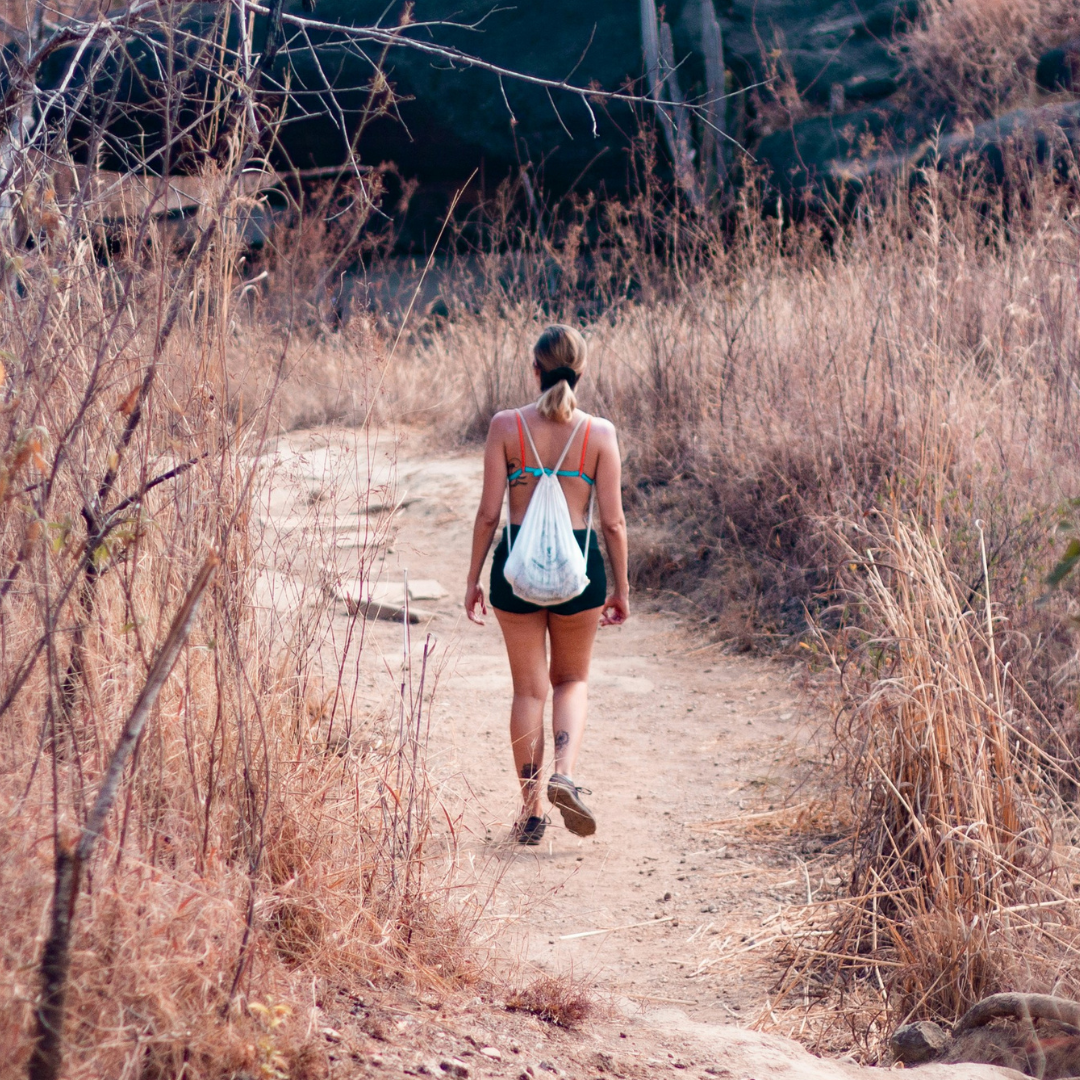
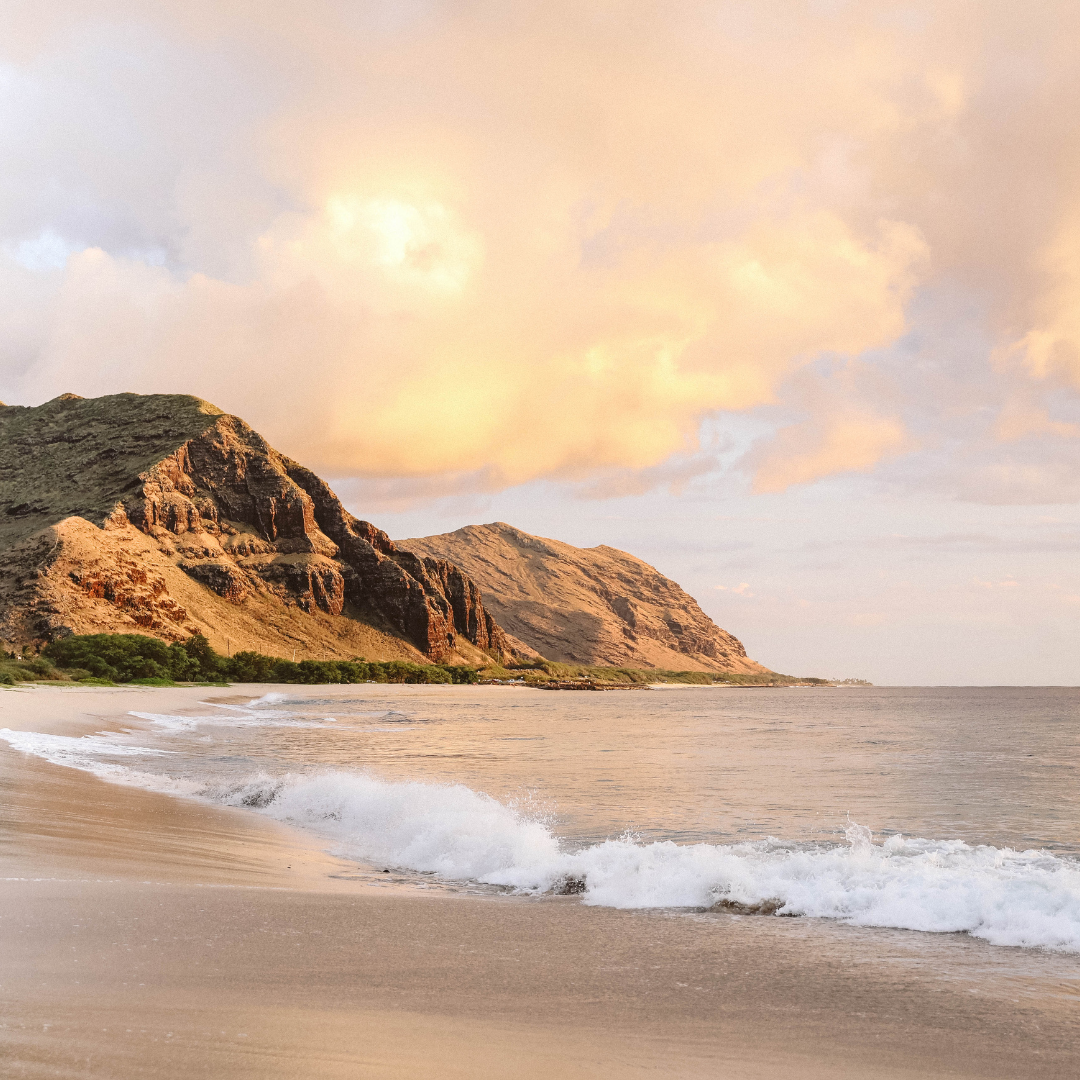
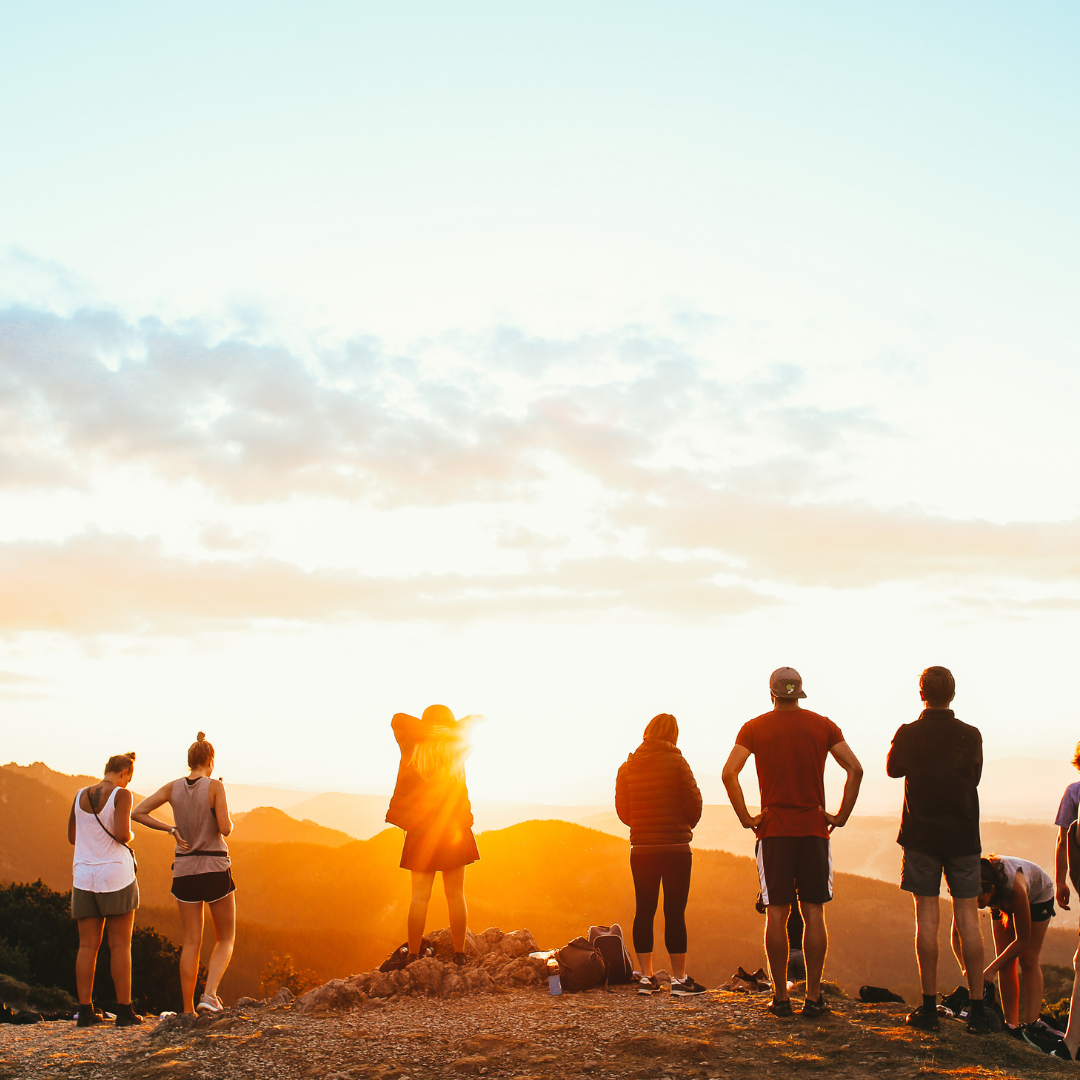
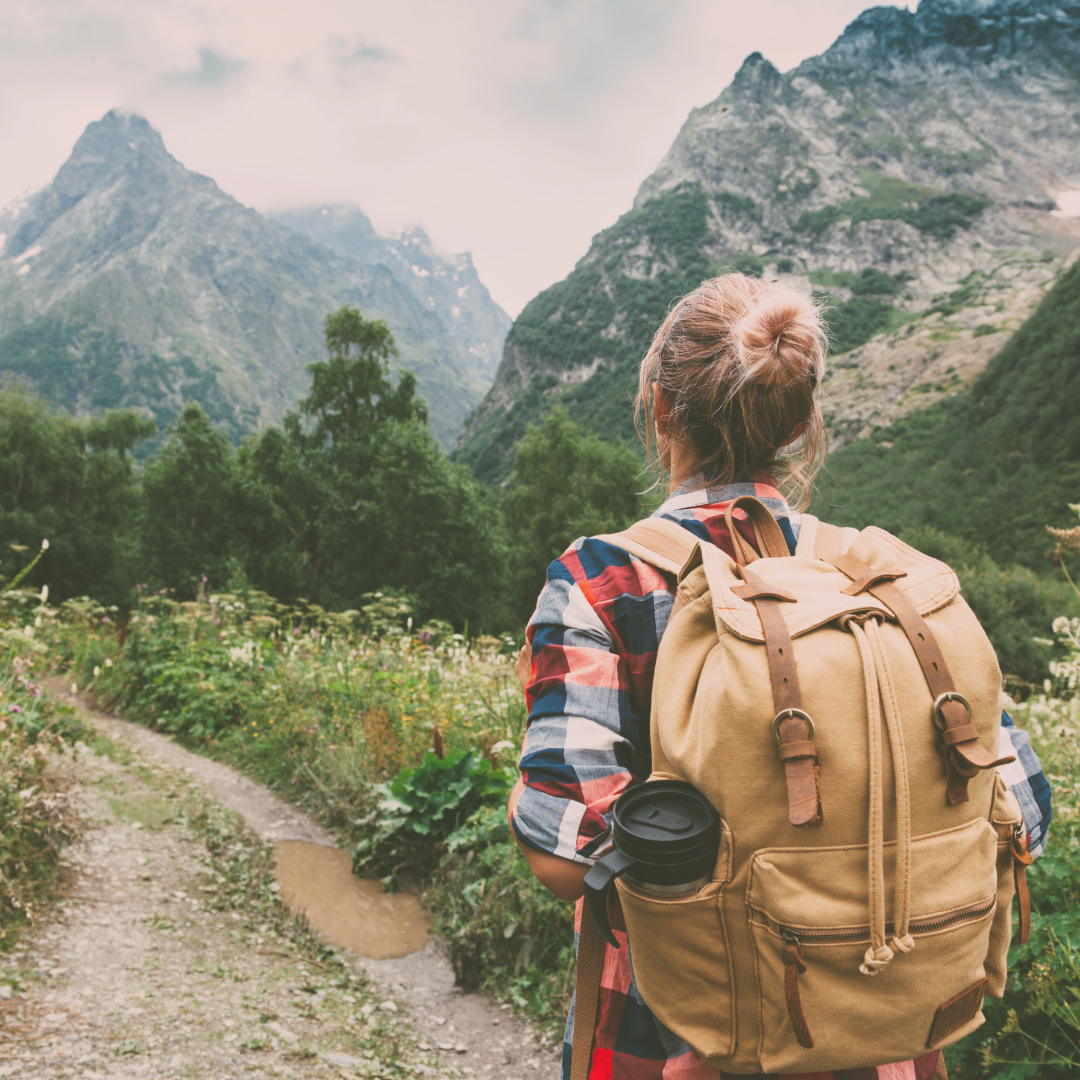
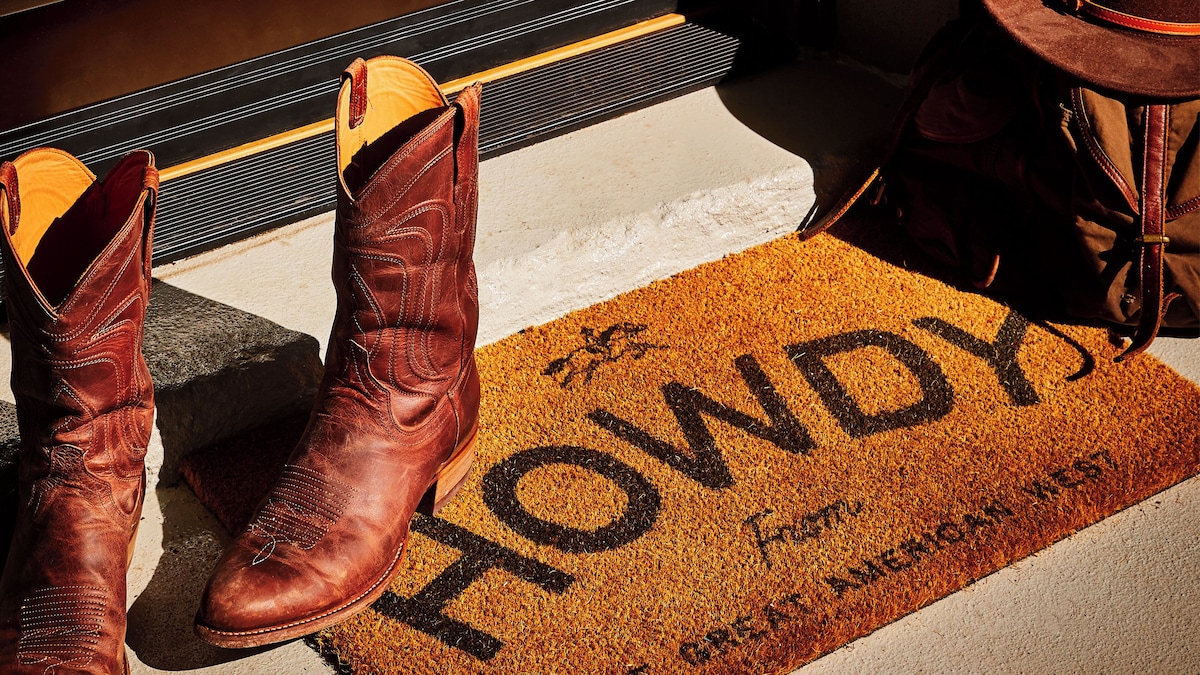
Comments